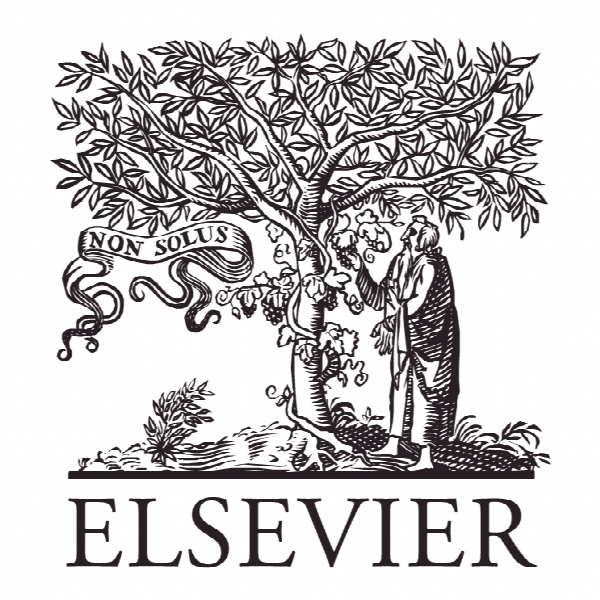تاثیر استرس روحی-اجتماعی به ایجاد سازگاری حسی حرکتی وابسته به فراگیری مخچه Psychosocial stress affects the acquisition of cerebellar-dependent sensorimotor adaptation
- نوع فایل : کتاب
- زبان : انگلیسی
- ناشر : Elsevier
- چاپ و سال / کشور: 2018
توضیحات
رشته های مرتبط روانشناسی
گرایش های مرتبط روانشناسی بالینی
مجله روانشناسی عصبی – Psychoneuroendocrinology
دانشگاه University of East Anglia – United Kingdom
منتشر شده در نشریه الزویر
کلمات کلیدی انگلیسی Saccadic adaptation, Stress, Cerebellum, Eye movements, Cortisol, Learning
گرایش های مرتبط روانشناسی بالینی
مجله روانشناسی عصبی – Psychoneuroendocrinology
دانشگاه University of East Anglia – United Kingdom
منتشر شده در نشریه الزویر
کلمات کلیدی انگلیسی Saccadic adaptation, Stress, Cerebellum, Eye movements, Cortisol, Learning
Description
1. Introduction There is a critical need to understand the neural circuitry and associated neurocognitive mechanisms underlying stress-related psychiatric disorders in order to develop theoretically driven treatment and prevention strategies. While most researchers agree that stress, especially in early life has a significant effect on human development and the aetiology of many psychiatric conditions, the exact neurocognitive mechanisms remain unknown (Juster et al., 2011; McLaughlin et al., 2015; Norman et al., 2012). The available neurobiological models of stress-related disorders have predominantly focused on neural circuits connecting limbic-related regions e.g. amygdala, hippocampus, hypothalamus as well as the prefrontal cortex and the basal ganglia (Lupien et al., 2009; Peters et al., 2017). The cerebellum, is conspicuously absent from such neurocognitive models despite increasing evidence implicating this structure as a key region in aversive and arguably stressful emotion related processing (Adamaszek et al., 2017; Schutter, 2012). Anatomical and functional studies in human and non-human species have demonstrated the existence of connections between the abovedescribed stress-related regions and the cerebellum, particularly the vermis and midline cerebellum (Schmahmann and Pandya, 1997). Neurological cases with midline cerebellar lesions demonstrate psychiatric symptomatology, especially impaired stress reactivity (Schmahmann et al., 2007). Cerebellar structure and function is abnormal across multiple psychiatric diagnostic groups (Phillips et al., 2015) as well as in individuals suffering from acute or chronic effects of psychological trauma (De Bellis and Kuchibhatla, 2006; Walsh et al., 2014). Functional changes in the cerebellum have been reported following pharmacological treatment of depression and were associated with symptom improvements (Fu et al., 2004). Long-term neurostimulation treatment of the midline cerebellum in schizophrenic individuals improved negative and depressive symptoms (Garg et al., 2016). Related to this, studies in healthy individuals subjecting participants to distressing, emotionally arousing states show cerebellar activations (Critchley et al., 2000; Damasio et al., 2000) and higher scores on emotion regulation related personality traits are associated with greater medial cerebellar grey matter volume (Tan et al., 2014). Studies in healthy individuals given cortisol, a key neurobiological marker of the stress response, show impaired memory and reduced activity in the cerebellum (De Quervain et al., 2003), and individuals with Cushing’s disease demonstrate reduced cerebellar volume (Jiang et al., 2017).


